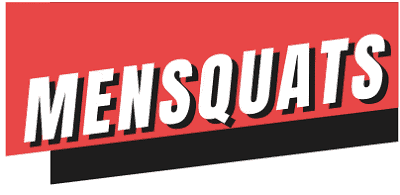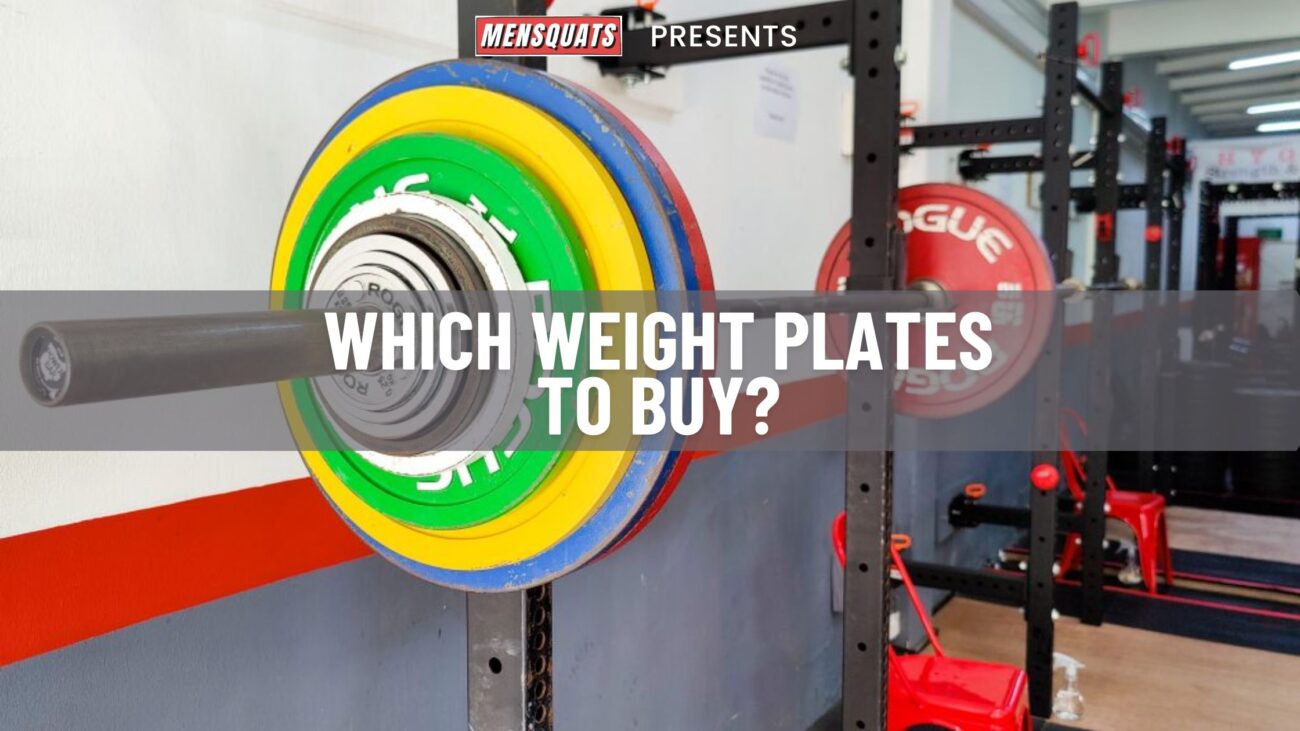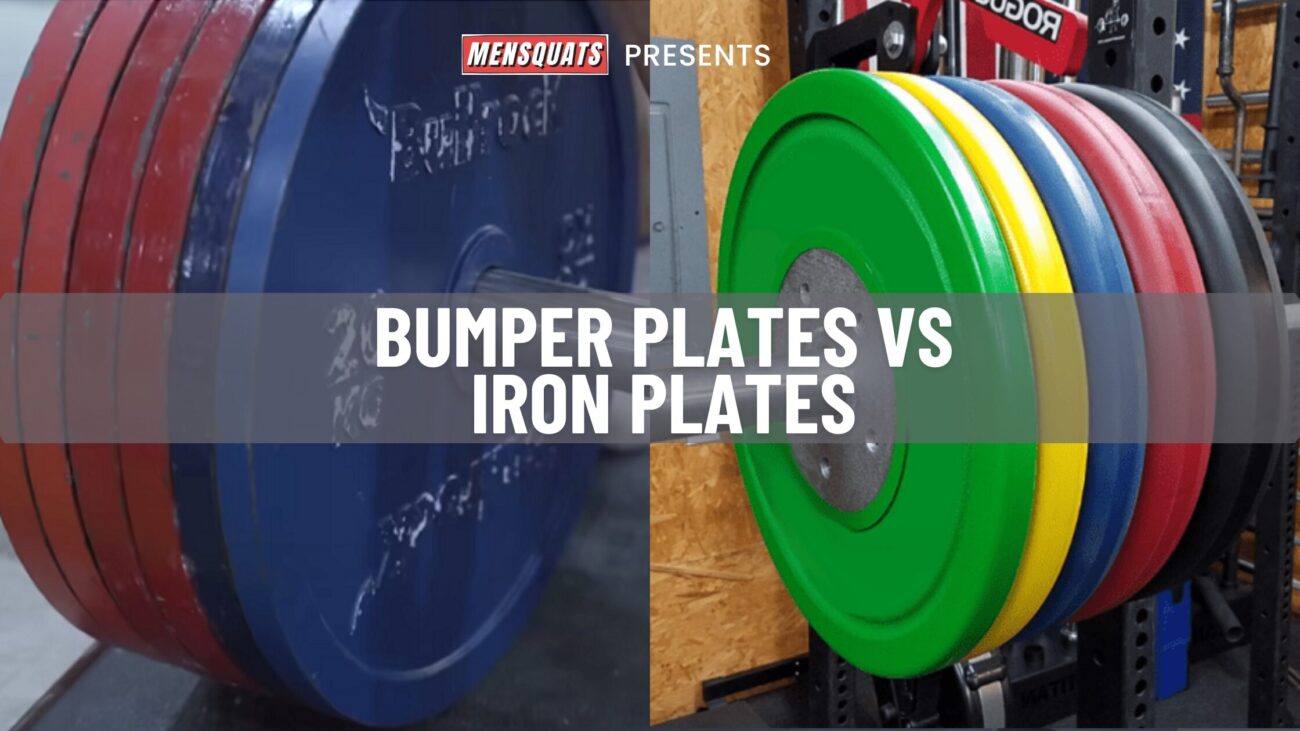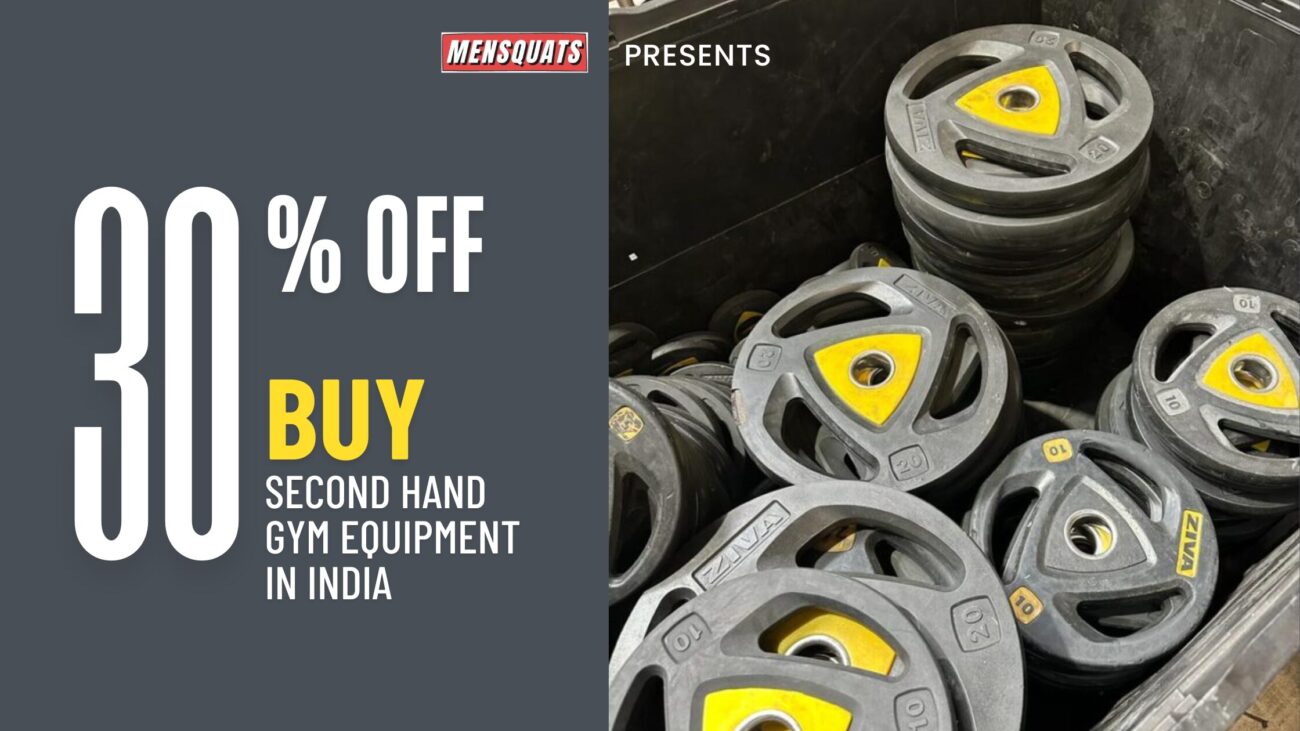How many weight plates do I need for home gym in India?
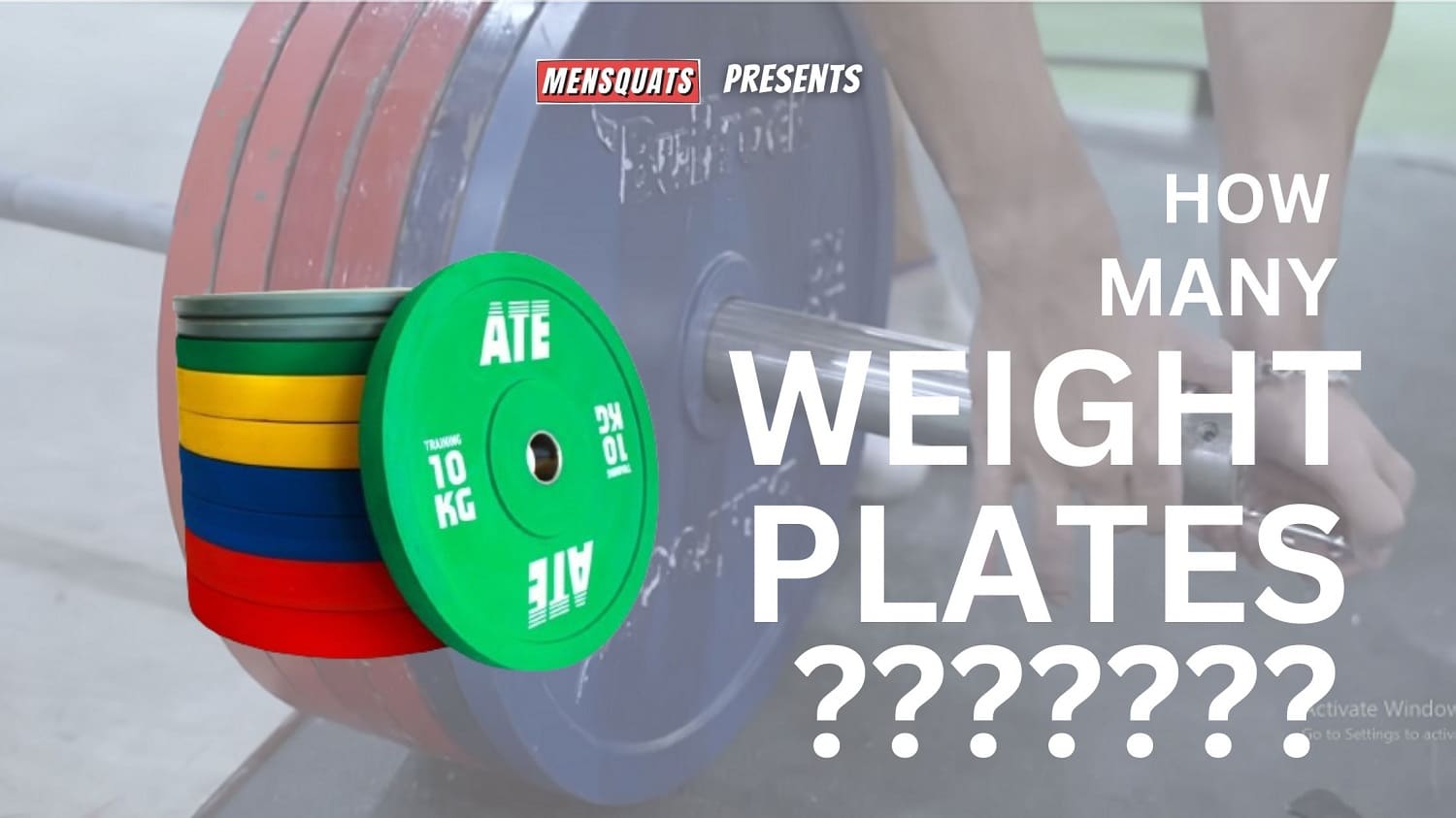
One of the best ways to save money on the plates that you do buy is by buying the right amount so that it fits your needs and you don't end up paying for plates that sit around and you don't use.
And that’s what we’re going to talk about in today’s blog—just “how many weight plates do I need for home gym?”
☑️ Buying weight plates is one of the best places to save money. It’s also one of the places you can spend the most money depending on the kind of plates you decide to buy. You could spend a ton or you could spend very little. 😁
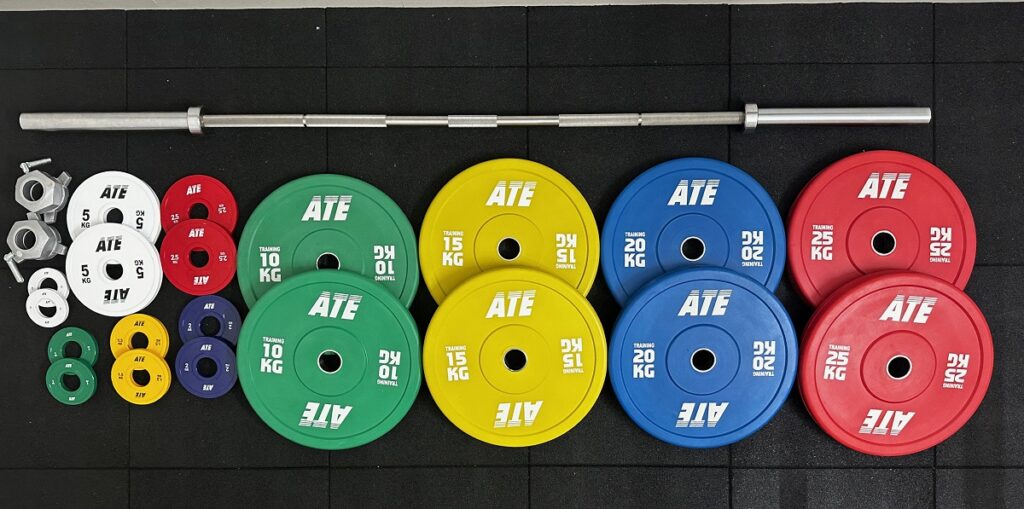
But no matter which direction you decide to go, whether it’s super high-end calibrated competition-style plates or bumper plates or whether it’s used plates from OLX, you’re going to be faced with the question of how many of those plates do you buy?
And answering that question correctly is going to make sure that you don’t spend too much or end up with not enough. ❌
Let’s take a look at exactly what you need to know to buy the right amount of weight plates for your home gym.
How many weight plates do I need?
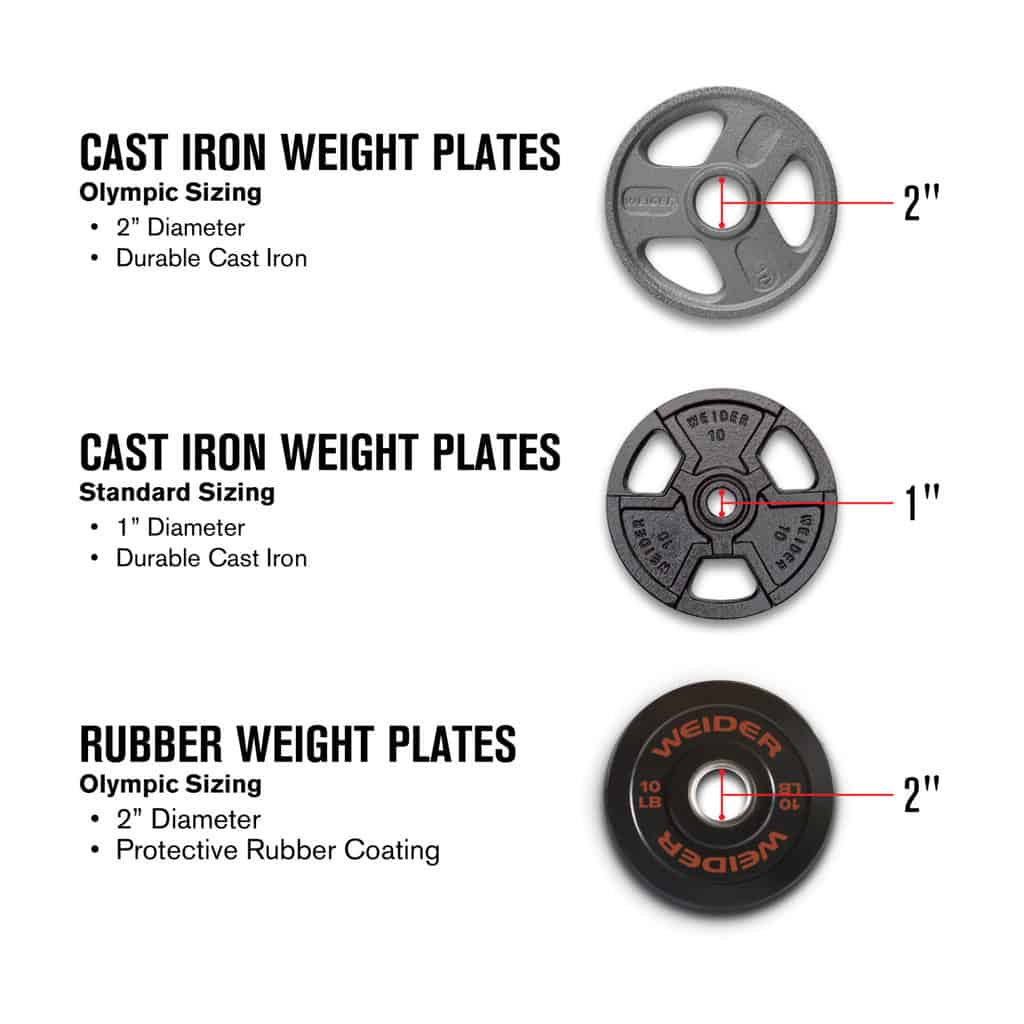
✔️ We’re going to be doing a little weight plate maths 101 to figure out how much weight you need, maybe some things that you don’t need because plates are expensive, whether it’s bumper plates or iron plates.
We want to make sure that we maximise your budget, be as efficient as possible, and get what you need, but not waste any money on things that you don’t.
So let’s dive right into it.
First and foremost, how many weight plates you need is going to be largely dependent upon how strong you are.
That makes sense, right? ☑️
You’re going to have to build that 25 kg plate base based on how much you can deadlift or maybe how much you can squat. Those are the 2 exercises that are usually going to be what you’re going to have the most weight on the bar for.
So you’re going to need weight plates that can accommodate your heaviest deadlift or your heaviest squat. Hop on to do a little weight plate maths 101.
If we put a 25 kg plate on each side of a 20 kg bar, we’re going to end up with 70 kg, right?
With 2 X 25 kg plates. If we throw another 25 on each side, we’re going to end up with 120 kgs. Alright, so that’s four 25 kg plates.
170 kg is going to be our next stop, that’s 6 X 25 kg plates.
220 kgs is going to be 8 plates.
270 kg is going to be 10 X 25 kg plates on both sides.
If you’re higher than 270 kgs, then you probably don’t need this maths and so you’re good.
So with all that being said, the one weight size that you don’t need, but is often going to be sold if you get a set, or if you can get them online, is going to be the 25-kg plates.
You’re also going to see those in commercial gyms as well.
❌ Not necessary, really not needed because a 25-kg plate is just a 20 and a 5. So if you talk about roughly Rs 200 per kg, you could be spending 150 on a set of plates that you may not necessarily really use.
So I would be very cognizant if you’re going to buy a weight plate set to make sure that you’re getting value out of that set.
How many change plates do you need?

No matter how much weight you can lift, no matter how much total weight you think you’re going to need in your gym, everybody’s going to need to start their plate set off with a basic set of what are called change plates.
Change plates are the small plates that you use to gradually raise or lower the amount of weight on your bar.
So what I recommend when people ask me which plates they need, I recommend everybody start by putting in their cart a set of change plates.
Here, you’re going to need a pair of 2.5 kg plates. I recommend you buy 4 X 2.5 kg plates and that you buy at least one pair of 5 kg plates.
Now, I like to have 2 pairs of 10 kg plates, but you can for sure get by with just one. And here’s why you need that particular assortment of plates. With that assortment of plates, you can go up in the smallest increments you want.
I can put a 2.5 kg plate on the end, take that off, put a 2 kg plate, a 5 kg plate, and you get the idea—all the way up to 10 kg.
The reason you want to be able to go all the way up and down to 10 kg in 2.5kg increments is that’s going to help you do what’s called progressive overload or change the amount that you lift in a meaningful amount so that you can push yourself each week to lift more than you did before.
That's your basic set. It's super simple—one pair of 10kg plates, one or two pairs of 5 kg plates, two pairs of 2.5 kg plates, and 1 pair of 1.25 kg plates. Put those in your cart first.😁
What do you need over 10 kgs?
☑️ Most traditional powerlifting gyms are going to recommend you or only have 25 kg plates.
That’s traditionally all they have. There are a lot of other increments out there— 25 kg plates, 20 kg plates, there’s 15 kg plates, there’s 10 kg plates.
And while those are all well and good and you’ll see those included in a lot of sets, I don’t think that they’re plates that you need.
When I bought my set of bumper plates, I bought a set that came with all weights and, quite honestly, I don’t use them all that often.
☑️ If you have the change plates—you have everything you need to make those other odd-sized plates.
I don’t need to do math for you guys probably, but you get the idea.
So really, if you’re thinking about it, you’re trying to save money, avoid the 25, the 15, and the 25 kg plates out there and stick to, for the larger plates, your 25s and your 45s.
How many 20 kg plates do you need?
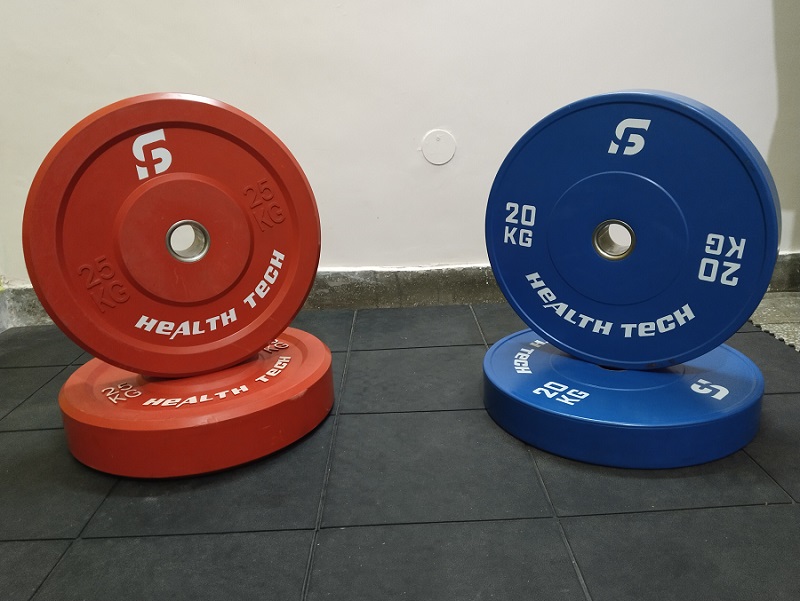
✔️ Now when it comes to the larger plates, the 20 kg plates.
While you can put a 2 X 10s or a 4 X 5 kg plate on each side of the bar and make 60kg, that’s going to take up a lot of real estate on the bar and it’s going to be a pain to put them all on and off.
So once you get up to needing 20 kg on the bar, you’re going to want to do it with a single plate.
Now how many of these plates do you buy?
So there are a couple of things that are going to come into play when you decide how many 20 kg plates you’re going to need.
What I’m going to recommend that you do is take a look at how much weight you’re going to want on a bar during any given training session. And there are 2 groups of people out there who are going to have 2 different answers to this question.
✔️First of all, people who just do single movements—you’re only going to do a deadlift or a press or an overhead press or a squat at any given time and then that’s it.
And then there’s those of you out there that superset—you want two barbells loaded at any given time.
So what you’re going to need to do is take a look at your biggest lifts, and what you want those biggest lifts to be, and then buy enough 25 kg plates to be able to do those lifts. For example, let’s say that you’re just a single lift person like myself.
I don’t superset all that often and I’m going to look at what do I want my biggest lift to hopefully someday eventually be.
Which To Buy Bumper plates Vs Cast-iron plates?
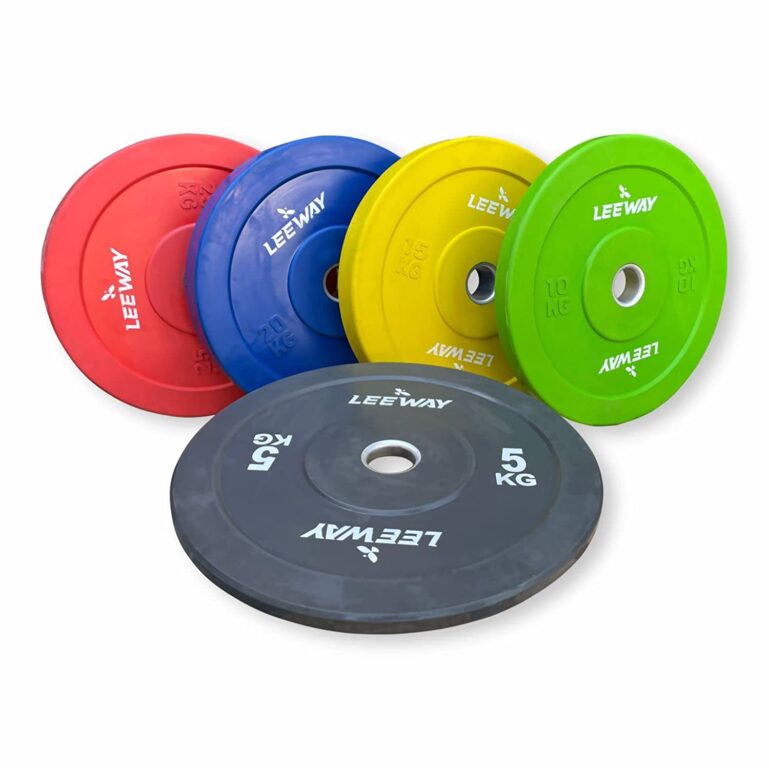
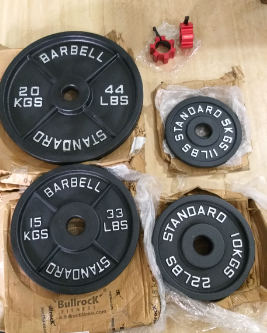
✔️ Let’s talk about bumper plates and cast-iron plates.
Do you need both or where would you need just one or the other? And really, what it boils down to is, are you going to be dropping plates?
If you’re going to be doing Olympic lifts, even if you’re going to be, I would suggest deadlifts, and you’re going to be dropping them on the floor, you need bumper plates.
It’s non-negotiable at that point because using cast iron plates and if you’re going to be dropping them on the floor, you’re going to tear up your floor, you’re going to tear up the plates, and you’re going to tear up the barbel.
All those things are way too expensive for you to be replacing them.
So if you are going to be doing those lifts, you need bumper plates in India. If you’re not going to be doing those sorts of things, then go with cast iron plates.
They’re going to be way more cost-efficient and they’re going to work for everything that you need them for.
➡️ Now is the decision of, do you need both? Do you need bumper plates for your Olympic lifts, and then do you need cast-iron plates to do bench press and squats and that sort of thing?
You really don’t.
If you’re getting bumper plates, it is going to work still for everything else that you’re going to need to do.
If you’re bench pressing, shoulder pressing, or deadlifting, if you’re anything that you can do with cast-iron plates, you can easily do just as well with bumper plates.
So unless you’ve got a very generous budget, there’s no need to buy both.
➡️ Go ahead and get bumper plates for everything that you need for how much weight you need in the gym.😁
What is the difference between standard and Olympic plates?
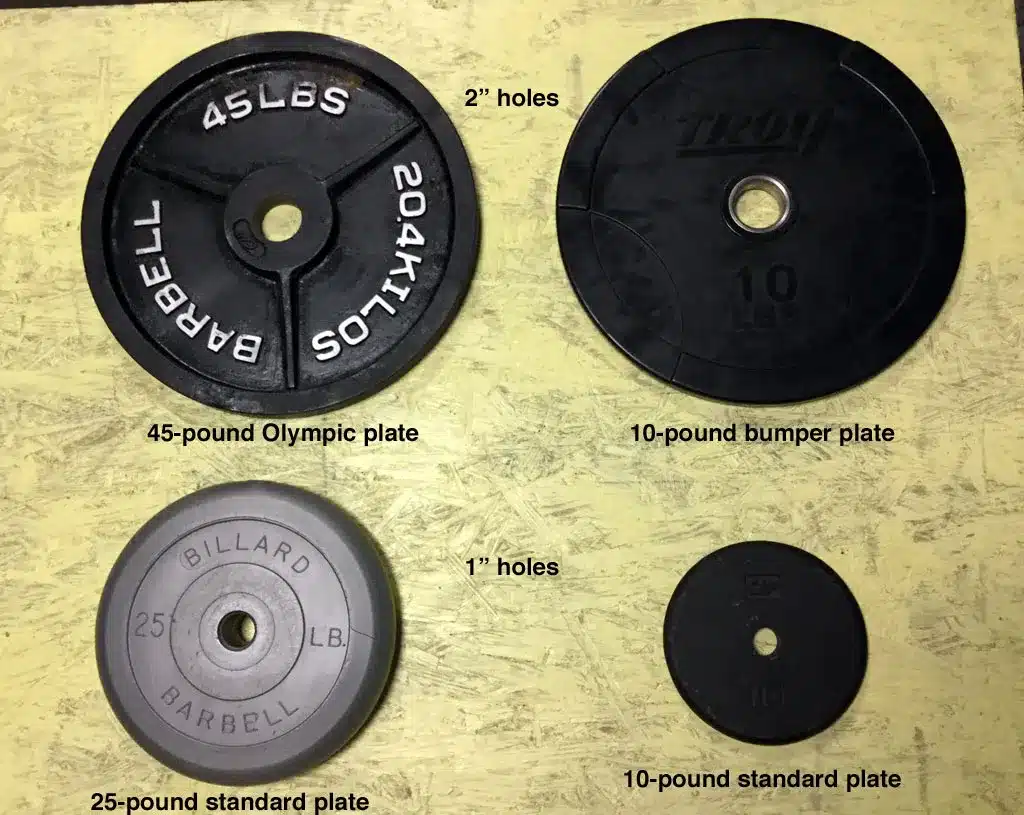
So now I want to briefly touch upon what is referred to a lot of times as Olympic-style plates and standard-style plates.
This can get a little confusing because, I know at least for me personally, when I think of Olympic plates, I think of the bumper plates.😁
After all, that’s Olympic weightlifting, and those are the plates that are used.
But the terminology that you will see a lot of the time online, is a standard weight plate, or the weight plates that come with a one-inch diameter, right?
They’re very thin, they come with very thin bars, and they usually come in sets.
What they refer to as Olympic plates have about a 2-inch diameter, and those are the plates that are used on standard Olympic barbells or standard 20 kg barbells.
So if you’re just going online to look for weight plates, make sure that you’re checking out the diameter of the plates.
Because the last thing you want to do is end up buying weight plates that are the standard weight plates with that smaller diameter and then when you get them, they’re not going to fit on your barbell.
So just make sure that you’re aware of that when you go looking to buy weight plates online.
Conclusion

To sum it all up, how many weight plates do I need for home gym in India?
✔️ Well foremost, you need to make sure that you get enough weight that you’re going to need. If you’ve got a 220 kg deadlift, then you want to probably get 8 X 25 kg plates so that you can actually work with that 200kg deadlift.
After that, you’re going to need a set of 10s, a set of 5s, and 2.5s And if you’re going then, you need to decide if you’re going to go with bumper plates or you’re going to go with cast-iron plates.
If you’re going to be dropping the bar, if you’re going to be doing Olympic lifting, you need bumper weight plates. ➡️
If you’re not going to be doing those sorts of things, then go with cast-iron weight plates. 😁
I know it seems a little common sense. It may be silly to make a blog about it, but you’d be surprised how many emails I get asking me how many plates, what denomination plate, and things like that.
✔️ So again to recap, if you're buying a set of weights, get yourself a pair of 2.5 kg, 4 X 5 kg weights, a pair of 10 kg, and then however many 20 or 25 kg plates, you need to get up to the weight that you plan to lift at some point in the future.
FAQs
Q1: How many weight plates do I need for home gym?
The number of plates you need depends on your fitness level and goals. For beginners and casual lifters, a standard set with two each of 20 kg, 10 kg plates, and four each of 5 kg and 2.5 kg plates is sufficient.
Q2: How much weight is good for a home gym?
It’s recommended to start with lighter weights and gradually increase the weight as you get stronger. A basic set of 150 kg would allow for progressive overload, meaning you can gradually increase the weight lifted over time.
Q3: How heavy are 4 plates in kilograms (kg)?
<To convert pounds (lb) to kilograms (kg), you need to multiply by 0.45. Therefore, the weight of 4 plates depends on the individual plate weight. For example, 4 x 2.5lb plates would be 10lb, which is approximately 4.5kg.
Q4: What is “1 plate” in the gym?
“1 plate” is not a universally standardised term in gyms. It can refer to different weights depending on the context and equipment used. It’s always best to check the weight markings on the plates themselves or ask a gym staff member for clarification.
Q5: Is 1 plate 20kg or 25kg?
As mentioned earlier, “1 plate” is not a standard term, so the weight can vary. In most gyms, however, standard weight plates come in increments of 5kg or 10kg. Therefore, it’s unlikely that “1 plate” would be 20kg or 25kg.
Also, Read our other content –
1. How To Start Olympic Weightlifting For Beginners?
2. Full Home Gym Setup in India – 10 Unique Ideas
3. What Size Kettlebell Should I Get? (In India)
4. (Buy This Not That!) Which resistance band is best in India?
5. 3 Different Types of Weightlifting Belts in India To Buy
That’s it about “How many weight plates do I need for home gym in India?”.
Hopefully, it helps save you some money and gets you to buy the right things.
If you like these types of blogs from mensquats.com give me a comment down below. I really appreciate that.
Keep lifting!
